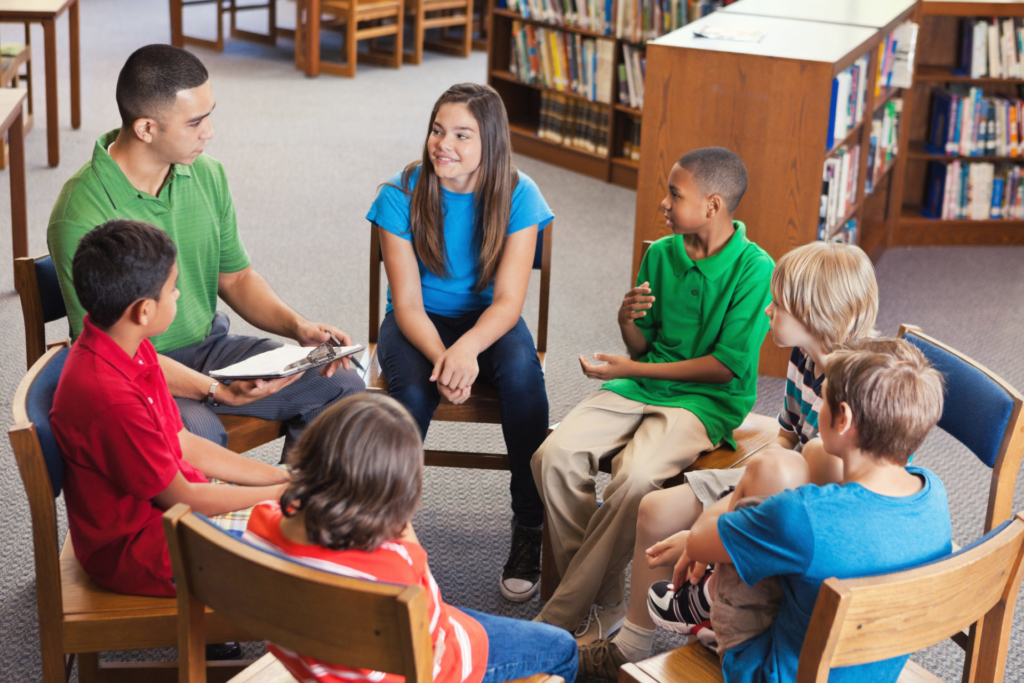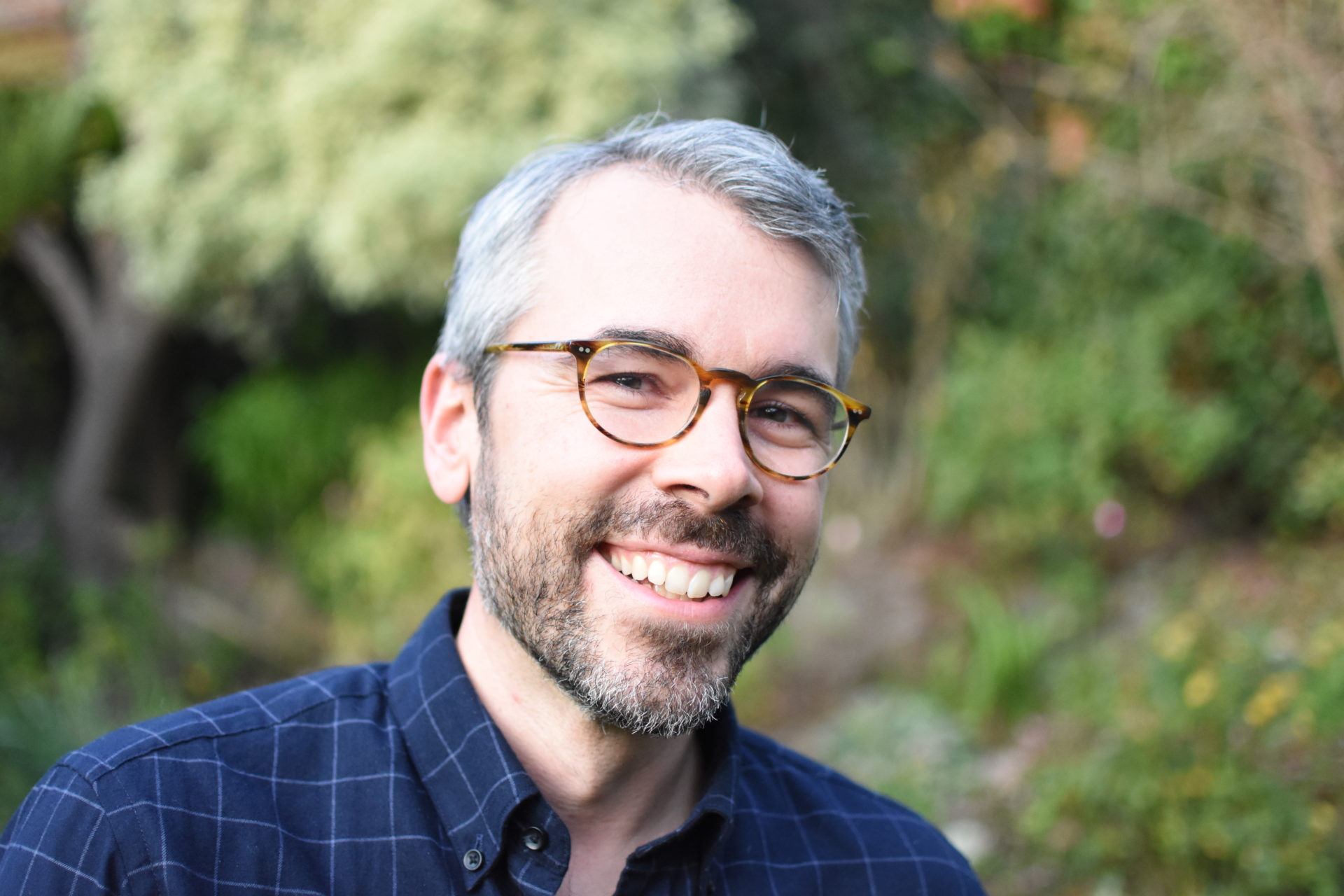If I could recommend one single change that would improve our schools dramatically, it would be this: build high-quality advisory programs for everyone.
Chris Balme
Life has no quick fixes, but if I could recommend one single change that would improve our schools dramatically, it would be this: build high-quality advisory programs for everyone. I mean everyone: learners AND adults. Advisory programs are how we bring wellness into the center of our learning environments. They’re a key step to address burnout and high turnover among educators. And, they pave the way toward deep social-emotional learning (SEL), creating opportunities for young people to engage with it in ways that are relevant, personal, and memorable.
Here’s how we can do it.
First, we celebrate. We’re already over the biggest hurdle to accomplishing this change: time in the school day. Working a new program into the already-packed school day is near impossible, so let’s celebrate that most middle and high schools in the U.S. already have some form of advisory period set aside. The question is how to use it meaningfully.
Second, let’s be real: the average advisory experience right now is a solid “meh.” It might involve learners hanging out in a homeroom, chatting or working on homework. It might involve some SEL curriculum, but often it’s scripted and impersonal. And, let’s be even more honest: asking overstressed educators to talk about social-emotional wellness, as yet another thing they have to do, is ineffective and almost cruel.
The kind of advisory I’m talking about is something very different. It begins with better supports for adult wellness.
Chris Balme
The kind of advisory I’m talking about is something very different. It begins with better supports for adult wellness. It thrives when adults learn the skills of facilitating safe, honest spaces for conversation. Advisories like this capture young people’s attention because they get to learn more about their peers and reflect on their own identity—two of their most powerful motivations. But remember, this can’t be another mandate: it works when it’s built on adult wellness. This brings us to the next point.
Third, focus on adult wellness first. Yes: advisory for adults. Though not immediately obvious, I would argue this is the first and essential step toward high-quality advisories for young learners. It’s not fair, or logical, to expect an overtaxed adult to be great at fostering a learner’s social and emotional wellness. We have to support the adults first. This doesn’t mean “fixing” anyone or magically transforming educators into zen masters. It begins with something simple: creating safe spaces. Having a trusted group of colleagues where you can speak honestly and listen deeply, without judgment or administrative agendas.
As a school founder, advisor, and former head of school, I’ve seen adult advisories make a powerful difference. Groups of educators and administrators establish a regular meeting time, ideally at least once per month, for at least an hour. The groups are not too big—about 10 per group—and stay consistent, so that closeness and trust can develop over time. Within each group, we do the same things practiced in learner advisories. We check-in; we share how we’re doing as openly as we want; we practice listening deeply; we use basic tools for mindfulness; we offer empathy and support if it’s requested. That’s it. I’ve seen it lead to important and powerful outcomes.
Teams grow far closer, feeling more like fellow humans on an adventure together versus distant colleagues passing in the halls. And, it makes educators better advisors. When they know what it feels like to be in a safe, connected group where honest words are spoken, they have a beacon to follow to make their learner advisories function in this same spirit.
Advisory becomes the heart of a great learning environment. It generates a sense of belonging and connection to the learning community.
Chris Balme
This brings us to the fourth and final step: building high-quality advisories for learners. When you do this well, advisory becomes the heart of a great learning environment. It generates a sense of belonging and connection to the learning community, not to mention all the other well-documented outcomes that result, from greater mental health to greater academic success and fewer behavior problems.
At the school I co-founded, Millennium School, and in a program I now lead called Argonaut, we create this kind of advisory. They’re consistent, small groups (8-12 learners), mixed gender but similar ages, with one adult facilitator.
To take Argonaut groups for example, each group meets twice per week and follows a clear and consistent three-act structure. They begin with an arrival practice, which can range from mindfulness, to a question to journal or talk about, to a brief check-in from each member. They then move to an exploration, which works best when it’s a topic emerging from learners, but can also be a social-emotional tool or topic. We might explore something a student shared, like a conflict with a friend, or might offer a social-emotional tool, like conflict resolution. Finally, the third act is integration: a brief chance to reflect on what you felt, what you noticed in others, or what you hope to do, along with an appreciation to those who spoke and shared themselves in the group.
This is real social-emotional learning: not something abstract or scripted, but a response to our everyday challenges. A learner might bring up a screaming match with their sibling, or nerves about asking someone out for a date, or a question about mental health. The advisory can listen and offer empathy, support, and sometimes advice. The facilitator may step in to offer a resource or prompt the group in ways to respond, always oriented around safety and connectedness.
Just as often as a learner may share a struggle, they might also share personal milestones or an exciting life update—with the advisory there to cheer them on and multiply their happiness. At heart, this offers what just about all adolescents want: membership in a trusted group of peers, connecting as they turn life’s ups and downs into a shared adventure.
This sense of shared adventure is what we adults need, too. It may even be a defining element of a healthy, resilient worldview. After all, wellness is not about becoming impervious to pain or avoiding all struggle. Life will have its ups and downs for all of us—wellness is about riding those waves with the tools and relationships to not only survive them but to turn them into meaningful parts of our story.
That’s the adventure we need. We need it as educators, breaking out of the isolation of our classrooms, and we need it as learners, securing a vital sense of belonging and the tools to have childhood be a positive adventure.
Life will have its ups and downs for all of us—wellness is about riding those waves with the tools and relationships to not only survive them but to turn them into meaningful parts of our story.
Chris Balme
So there you have it: the single leap that I believe would improve our schools the most is to offer advisories for all. If done well, it’s a powerful way to boost the resilience of educators so we can sustain ourselves in these roles. And equally so, it’s the ideal way to reach our aspirations for deep social-emotional learning.
Prioritizing advisory programs is the concrete expression of prioritizing human wellness in education. The skills and research are here. The time is in the schedule. The need is real. Let’s make it happen.

